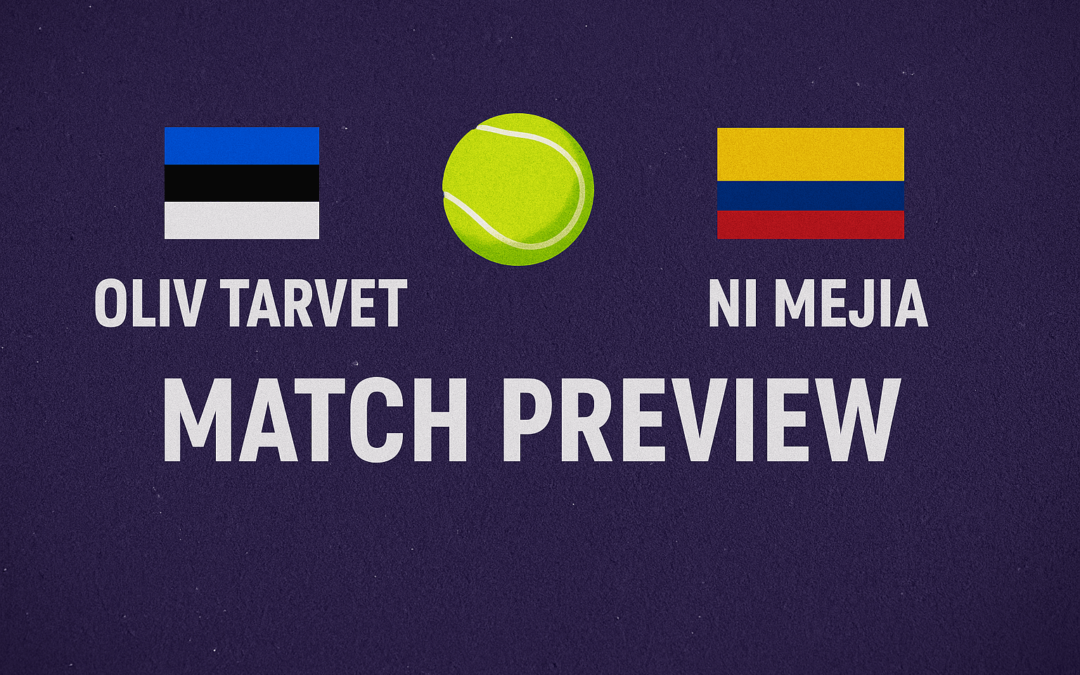At PIWI247, we’re not just passionate about baseball online betting—we’re serious about sports knowledge too. Whether you’re watching the game or placing a smart pinnacle bet, understanding the rules of baseball is essential. Yet even seasoned fans can fall for old myths. Let’s clear the bases by debunking nine of the most common baseball rule misconceptions, so you can watch—and bet—smarter.
1. The Tie Goes to the Runner
This is perhaps the most popular baseball myth—and one of the most misleading. You’ll hear it in casual conversations, from sports commentators, and even among seasoned fans. But the truth is, there is no official rule in the MLB or any governing baseball body that supports this claim. The rulebook doesn’t acknowledge any scenario where a tie results in the runner being automatically safe.
Instead, the official guideline is simple: the runner must beat the ball to the base. If the ball arrives in the fielder’s glove and the base is touched before the runner gets there—even if it appears simultaneous—the umpire is instructed to call the runner out. In reality, “ties” rarely happen. Umpires are trained to judge minute differences in timing, and even a hair’s breadth can be the deciding factor.
This distinction is particularly important in the world of pinnacle sports betting. Bettors often place wagers on highly specific outcomes—such as inning runs, stolen bases, or which team scores first. If you believe a tie gives the runner the advantage, you might misinterpret a pivotal moment that affects your pinnacle betting outcome.
Understanding that a tie does not automatically favor the offense gives you an edge—not only as a fan but as a more informed participant in pinnacle gambling.
2. You Must Tag the Runner on a Force Play
This is a common misunderstanding among new baseball betting fans—and even some long-time viewers. The myth says that any time a runner is approaching a base, the fielder must tag them with the ball to record an out. In reality, the rules clearly distinguish between a force play and a tag play, and knowing the difference is critical.
A force play occurs when a runner is required to advance to the next base because the batter becomes a runner and occupies their current base. For example, if there’s a runner on first and the batter hits a ground ball, the runner is “forced” to move to second, and the fielder only needs to touch the base (not the runner) with the ball in hand or glove before the runner arrives to record an out. No tag is necessary.
However, if the runner is not forced to move—say, a runner is trying to steal a base or is advancing on a fly ball—then a tag is required. This distinction influences defensive strategy and is especially important in high-stakes moments where split-second decisions change the momentum of the game.
Understanding this nuance is also crucial if you’re into pinnacle betting, particularly if you’re wagering on things like fielding outcomes, double plays, or defensive errors. Knowing whether a play was a force out or required a tag can impact scoring and therefore affect pinnacle sports bets and pinnacle gambling returns.
At PIWI247, we believe in empowering sports fans with precise knowledge—not just to enhance their enjoyment of the game, but to make smarter, more confident moves in the world of pinnacle bet opportunities.
3. If You Drop the Ball During a Tag, It Still Counts
This is a widespread myth that can lead to a lot of heated debates during close plays at the plate or base. In baseball, simply making contact with the runner isn’t enough—the fielder must maintain possession of the ball throughout the tag. If the ball is dropped during or immediately after the tag attempt, the tag is not valid and the runner is considered safe.
According to official baseball rules, maintaining control is essential. This is why you’ll often see umpires carefully watch a fielder’s glove or hand after a tag to ensure the ball stays in place. If the player drops the ball due to the collision, momentum, or mishandling—even after applying the tag—the play is reversed in the runner’s favor.
This distinction isn’t just critical for players and coaches; it also matters significantly when you’re making pinnacle sports decisions or evaluating defensive consistency in pinnacle betting scenarios. One misjudged tag can lead to additional runs, changed inning outcomes, and ultimately, altered betting results.
4. Batters Must Run on a Dropped Third Strike
This rule is one of the more confusing and commonly misinterpreted aspects of baseball—especially among casual fans and new bettors exploring pinnacle sports. Contrary to popular belief, a batter is not always entitled to run to first base on a dropped third strike.
Here’s how it actually works: A batter can attempt to run to first only if first base is unoccupied, or if there are two outs. This rule prevents the defense from turning an easy double play when there’s a force out at first. If none of these conditions are met—say, there’s a runner on first with less than two outs—the batter is automatically out, regardless of whether the catcher secures the ball.
Understanding this nuance is critical not just for watching the game, but also for interpreting plays that can shift momentum. For fans analyzing outcomes via pinnacle betting or placing a pinnacle bet on scoring props, knowing when a runner can legally advance on a dropped strike is part of reading game flow effectively.

Photo Source: Pexels by Pixabay
5. A Foul Tip Is the Same as a Foul Ball
This is a classic misconception—even among longtime fans. A foul tip is not the same as a regular foul ball, and the distinction can directly impact both gameplay and how you interpret data during pinnacle betting.
A foul tip occurs when the ball makes slight contact with the bat and goes directly into the catcher’s glove and is caught. When this happens, it’s ruled a live strike, not a dead ball like a standard foul. If the foul tip is not caught, however, then it simply becomes a foul ball, and standard rules apply. This difference is subtle but meaningful—especially when a batter already has two strikes. A caught foul tip can result in a strikeout, while a regular foul ball would extend the at-bat.
Clarifying this is key when reading live betting stats on platforms like PIWI247’s Pinnacle Solution.
6. You Can Always Steal a Base
While base stealing is one of the most exciting elements in baseball, it’s not always permitted, despite what many casual fans assume. The idea that a player can steal at any moment is a myth. Steals can only happen under live-ball conditions. That means the runner must wait until the pitcher is in motion and the play is officially active.
You cannot steal a base:
- During a foul ball
- After a timeout
- When there is batter interference
- Or when the ball is declared dead
Understanding these limitations isn’t just crucial for fans—it also plays a role in pinnacle gambling strategies, especially for bettors focused on player performance markets. In a tightly contested game, a successful (or failed) steal attempt can shift momentum, impact run totals, and even affect the Pinnacle sports odds in real time.
7. Home Runs Are Automatic Scores for All Runners
At first glance, it seems simple: a home run equals instant runs for the batter and every runner already on base. But here’s the catch—those runs only count if all players touch every base in the correct order. If a baserunner misses a base, fails to tag up, or passes another runner, the umpire can call them out and nullify their score.
While these situations are rare, they do happen—especially during chaotic, high-energy plays. For example, if a trailing runner mistakenly overtakes the lead runner or a player celebrates too soon and misses touching home plate, their run doesn’t count.
Why does this matter? If you’re engaged in Pinnacle betting through platforms like PIWI247, these moments can affect total runs scored, player props, or run-line bets. A swing of just one run could change the outcome of your wager. Understanding the technical rules ensures you’re not caught off guard by a seemingly automatic score that suddenly disappears from the board.
8. The Ball Must Be Thrown to Tag a Runner
This is a common misconception among casual fans. Contrary to popular belief, a fielder does not need to throw the ball to tag a runner. The rule clearly states that as long as the fielder has possession of the ball, they can tag a runner directly using either their glove (with the ball inside) or their bare hand holding the ball. A throw may look dramatic, but it’s not a rule requirement.
Why is this distinction important? In high-stakes situations—especially when following Pinnacle gambling lines or placing Pinnacle bets on live outcomes—a well-timed tag can drastically alter the momentum of a game. Think of a runner trying to stretch a single into a double and getting nailed by a clean glove tag from the outfielder—that’s not just a defensive play; it can be a turning point.
For bettors tracking pinnacle sports odds, these defensive nuances offer crucial insight into game flow and potential outcomes. Understanding the rules at this level helps decode betting shifts and strategic decisions in real time.
9. Umpires Can’t Change a Call
This myth may have been true decades ago, but in modern baseball, umpires absolutely can change a call. Thanks to the implementation of instant replay and official review protocols, close or controversial plays can be challenged and reviewed using video evidence. After consultation—either with other umpires or via replay officials—calls can be overturned or confirmed based on what the footage reveals.
This has added a new layer of precision to the game, ensuring that decisions are fair and transparent. For fans and especially those engaged in pinnacle sports betting, these moments can be game-changers. Imagine a close play at home plate being overturned in the final inning—not only does it impact the team’s outcome, but it can also swing the live betting odds in real time.
As a bettor, understanding how reviews work and how often they result in overturned decisions can help you stay a step ahead during live wagers. PIWI247’s platform, powered by the Pinnacle Solution, reflects these shifts instantly, giving savvy players the edge they need.
Final Thoughts
Whether you’re new to the game or diving deep into pinnacle betting, understanding baseball’s true rules makes a difference. At PIWI247, we’re committed to equipping our readers with accurate, bet-smart sports insights—from baseball basics to betting intelligence.
Before your next game-day wager, brush up on the real rules. Visit PIWI247’s Pinnacle Sports Solution for trusted access to betting tools and odds that match your knowledge. Because in sports—and in betting—facts always beat myths.
Kyle Daly
Is a 35-year-old sportswriter who enjoys walking, jogging, and other physical sports. He started in different blogging platforms and is now a guest blogger for PIWI247. He loves basketball the most. Follow him on Quora today.


